SW Paint and Primer advice for old clapboards...
sarahandbray
11 years ago
Featured Answer
Sort by:Oldest
Comments (15)
columbusguy1
11 years agosarahandbray
11 years agoRelated Professionals
College Park Kitchen & Bathroom Designers · Newington Kitchen & Bathroom Designers · St. Louis Kitchen & Bathroom Designers · Waianae Kitchen & Bathroom Designers · Sunrise Manor Kitchen & Bathroom Remodelers · Albuquerque Kitchen & Bathroom Remodelers · Auburn Kitchen & Bathroom Remodelers · Champlin Kitchen & Bathroom Remodelers · Green Bay Kitchen & Bathroom Remodelers · Hunters Creek Kitchen & Bathroom Remodelers · Manassas Kitchen & Bathroom Remodelers · Port Arthur Kitchen & Bathroom Remodelers · Sun Valley Kitchen & Bathroom Remodelers · Sharonville Kitchen & Bathroom Remodelers · De Pere Architects & Building Designersbrickeyee
11 years agoCircus Peanut
11 years agoliriodendron
11 years agoChristopher Nelson Wallcovering and Painting
11 years agooldhousegal
11 years agoliriodendron
11 years agograywings123
11 years agooldhousegal
11 years agobrickeyee
11 years agoold_house_j_i_m
11 years agoClarion
11 years agobrickeyee
11 years ago
Related Stories
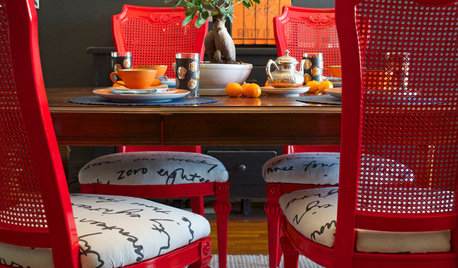
DIY PROJECTSDining Set Makeover: Paint and Tea-Tinted Fabric Make Old Chairs New
Reclaim dated dining chairs for far less than buying new, using spray paint, modern fabric and a handful of tea bags
Full Story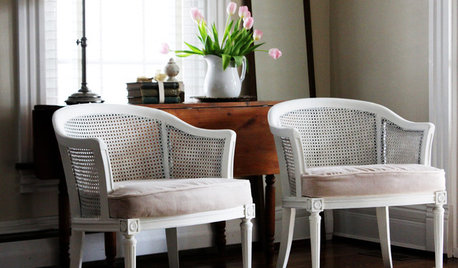
BUDGET DECORATINGBudget Decorator: 8 Ways to Make Old Furniture Look Brand New
Learn stripping, staining, painting and reupholstering basics to make bargain-basement furniture worthy of center stage at home
Full Story
REMODELING GUIDESThe Hidden Problems in Old Houses
Before snatching up an old home, get to know what you’re in for by understanding the potential horrors that lurk below the surface
Full Story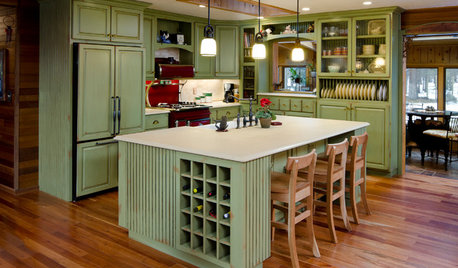
MOST POPULARHow to Reface Your Old Kitchen Cabinets
Find out what’s involved in updating your cabinets by refinishing or replacing doors and drawers
Full Story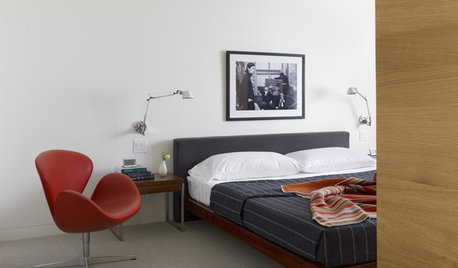
DECORATING GUIDESFrom the Pros: How to Paint Interior Walls
A slapdash approach can lower a room's entire look, so open your eyes to this wise advice before you open a single paint can
Full Story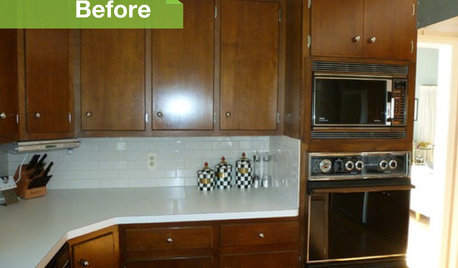
KITCHEN DESIGN3 Dark Kitchens, 6 Affordable Updates
Color advice: Three Houzzers get budget-friendly ideas to spruce up their kitchens with new paint, backsplashes and countertops
Full Story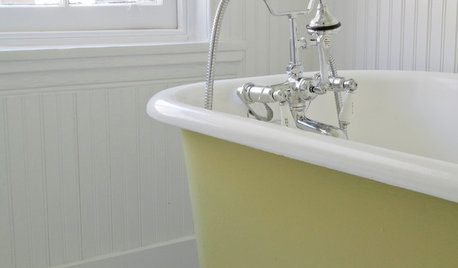
BATHROOM DESIGNRub-a-Dub-Dub, Add Color to Your Tub
Perk up that old claw-foot with a hit of paint that’s as bold or subtle as you please
Full Story
COLORPaint-Picking Help and Secrets From a Color Expert
Advice for wall and trim colors, what to always do before committing and the one paint feature you should completely ignore
Full Story
MOST POPULARSo You Say: 30 Design Mistakes You Should Never Make
Drop the paint can, step away from the brick and read this remodeling advice from people who’ve been there
Full Story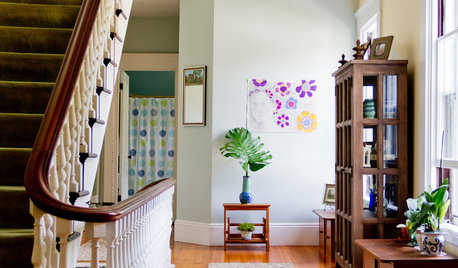
HEALTHY HOMEGet the Lead Out: Lead Safety at Home
Keep your family safe by properly testing for and dealing with lead in old painted surfaces, water and soil
Full StoryMore Discussions








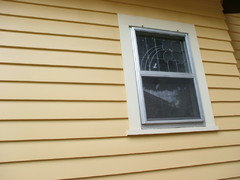



sarahandbrayOriginal Author